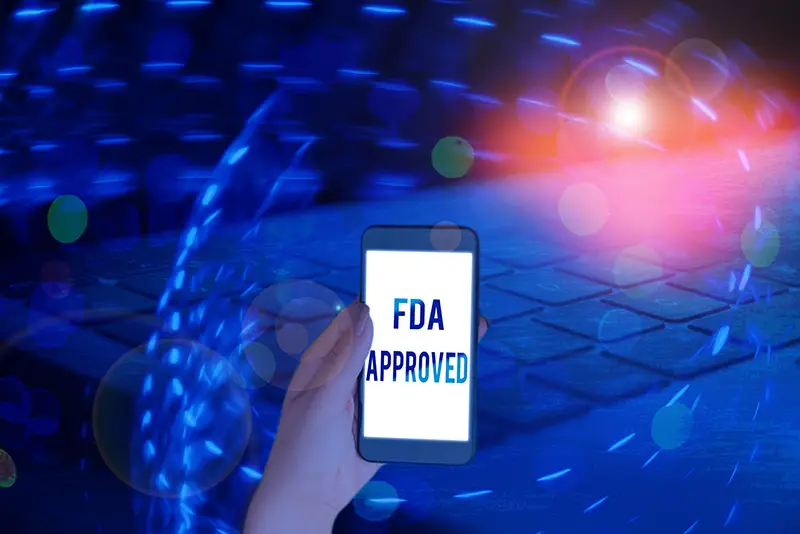Click here to get this post in PDF
For anyone who has rubbed shoulders with the business world, the term product standardization is not new. Whether you know or have heard of the term, it is essential to understand what it is if you run a business. Product standardization creates protocols that guide companies to develop products or services equivalent to similar ones in the industry. Before any product hits the market, the company must ensure it meets the particular standards in the market. Compliance with these standards is a safety measure to protect the consumers by providing the products they receive are of quality and compatible with those in need. It is also in favor of the company as it gives them a chance to maximize opportunities.
Businesses in the manufacturing field also have a framework of agreements that they adhere to ensure products they develop meet the exact specifications as others in the industry. These agreements cover products produced and sold in one geographical area and outsourced from different countries, and sold globally. It is, therefore, the businesses responsibility to ensure that its products are according to the agreements. How? There are five ways businesses can adhere to product standards before hitting the market.
1. Meet voluntary levels of safety standards
For many companies passing all the mandatory safety standards is a no brainer. But what happens to those products subjected to these agreements? There are standards-setting organizations that issue voluntary safety standards that companies are asked to comply with. Although voluntary, businesses, especially those outsourcing globally, should remain compliant with them as failure to do so could lead to banning their products.
2. Provide instructions for use
For any product manufactured by the company, there should be clear instructions on how to use it. This is a product information standard the business should adhere to to ensure their consumers at no risk of product hazard due to misuse of the product. Companies should also provide information as labels or warnings for misuse when purchasing specified goods.
3. Beware and meet industry and mandatory standards
Suppose you are a producer or manufacturer outsourcing goods from other countries, for instance, in Asia. In that case, you are obliged to read up on the conformity assessment procedure and know the exact industry and mandatory stands set by both the Commission product standards and other standard-setting organizations regarding products manufactured in Asia. Once companies are aware of set standards, they can develop product recalls plans and procedures to meet them. They can also hire compliant consultants to help them understand these product manufacturing guidelines.
4. Product testing
Before the products are released to the market, companies must have them tested to ensure they are compliant with the safety standards. The company’s quality assurance team can do quality control testing, then take an accredited third-party test of the product in the lab and confirm its compliance.
5. Promptly respond to safety concerns
Suppose a product is reported to be non-compliant. In that case, businesses should do their part in ensuring it is promptly reported to the Commission in charge of product safety and measures within 24 hours to prevent any unreasonable risk to the consumers. To do this, they should develop internal communication strategies that will ensure responsibility for the non-compliant product is rapid.
In any business, meeting the customer’s needs is crucial, but it is even much so in the manufacturing industry. Product standards are put in place to ensure increased efficiency and continual improvement of companies and their products while ensuring the safety and need of consumers are met. Setting these standards and holding them to businesses to meet them is the best way to ensure clients receive quality products even when outsourced internationally.
You may also like: Is Your Business Health and Safety Compliant? Check Out Now!
Image source: Dreamstime.com

